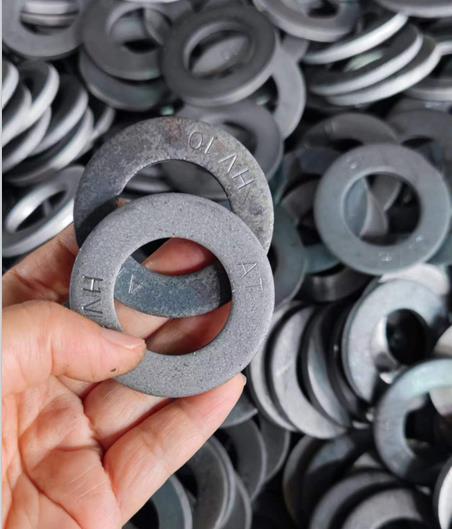Comprehensive Guide to Metric Self Tapping Screw Sizes and Specifications
Understanding Metric Self-Tapping Screw Size Chart
Self-tapping screws are essential fasteners used in various applications, notably in construction, automotive, and electronic industries. They feature unique threads that allow them to create their own hole in materials like metal, plastic, and wood, eliminating the need for pre-drilling. Understanding the size specifications of these screws is crucial for selecting the right fastener for your project. The metric self-tapping screw size chart provides a comprehensive guide to various screw sizes, enabling users to make informed decisions.
Key Metrics in Screws
The size of a metric self-tapping screw is typically defined by three key parameters diameter, length, and thread pitch. These dimensions are crucial as they influence the screw's performance in terms of holding strength and resistance to pull-out.
1. Diameter The diameter of a self-tapping screw is measured in millimeters (mm). Common sizes range from 2.0 mm to 12.0 mm or larger. A screw's diameter determines how much material it can penetrate and hold, making it a critical factor to consider based on the thickness and density of the material you are working with.
2. Length The length of self-tapping screws is also measured in millimeters. It's important to select a screw length that allows for adequate engagement in the base material without protruding excessively, which could lead to injury or damage. The length often ranges from about 6 mm to 100 mm or more, depending on the application.
3. Thread Pitch This refers to the distance between the threads and is an essential factor that affects the screw’s grip on the material. Common thread pitches range from fine (e.g., 0.5 mm) to coarse (e.g., 1.0 mm). The selection of thread pitch depends on the material type; finer threads are typically used for softer materials, while coarser threads are more effective in harder materials.
metric self tapping screw size chart product

Reading a Metric Self-Tapping Screw Size Chart
A metric self-tapping screw size chart provides a visual representation of these dimensions for various screw types. The chart typically lists
- Screw Size Indicating the diameter and length (e.g., M3 x 10, means a diameter of 3 mm and a length of 10 mm). - Thread Type Different thread designs (e.g., thread type A, B, or C) are typically indicated for specific applications. - Recommended Applications This section provides guidance on what materials the screws can be used in, such as wood, metal, or plastic.
Choosing the Right Screw
When choosing the right metric self-tapping screw, it is critical to consider several factors. First, assess the materials that will be fastened together. The screw should be compatible with both the base material and the items being joined. Next, consider the environment it will be used in; outdoor applications may require corrosion-resistant screws, while indoor applications might not necessitate such durability.
Conclusion
Utilizing a metric self-tapping screw size chart effectively streamlines the fastener selection process. By understanding the dimensions of diameter, length, and thread pitch, users can select the most suitable screws for their projects, ensuring a secure and lasting connection. Whether for home improvement, professional construction, or intricate electronics, having the right self-tapping screws makes all the difference in achieving optimal results. Always consult the size chart and consider the specific requirements of your project to ensure that you choose wisely.
-
Top Choices for Plasterboard FixingNewsDec.26,2024
-
The Versatility of Specialty WashersNewsDec.26,2024
-
Secure Your ProjectsNewsDec.26,2024
-
Essential Screws for Chipboard Flooring ProjectsNewsDec.26,2024
-
Choosing the Right Drywall ScrewsNewsDec.26,2024
-
Black Phosphate Screws for Superior PerformanceNewsDec.26,2024
-
The Versatile Choice of Nylon Flat Washers for Your NeedsNewsDec.18,2024










